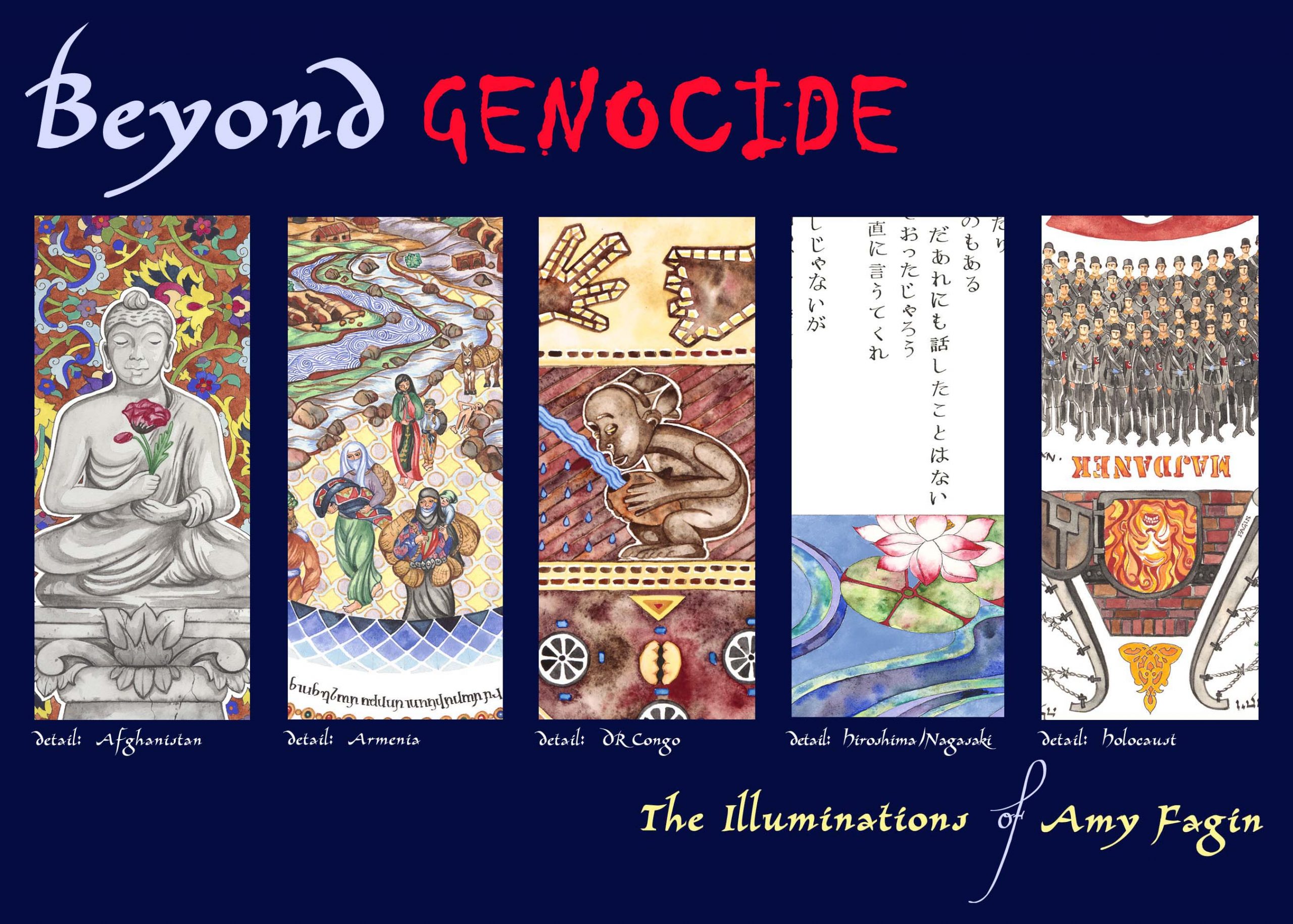“Monumental” is not too grand a description of the task put before the working groups invited to the Third Consultative Meeting of the African Union Human Rights Memorial (AUHRM) April 11th and 12th, 2013, at the African Union Headquarters in Addis Ababa. Lessons in contrasts, compromises, determination and irony of stark proportions were immediately apparent to this participant. My invitation to this fascinating proceeding was a result of a nomination through the venerable organization of the “International Association of Genocide Scholars” of which I am a member and currently serve on its advisory board. That is to say, I was a newcomer to the AUHRM prior to this invitation.
While my flight arrangements were being settled and preliminary information was issued to us about the project I did a little homework. The new headquarters of the African Union was inaugurated in January, 2012. The gleaming structure was built entirely with funds from the Chinese government as a gift to Africa at a cost of USD 200 million. And upon arrival to the compound I was made aware of this first stark contrast that the headquarters represents in towering over the dominantly modest construction and mushroom shacks sprouting in this city of 3.3 million (official) – 5 million (unofficial).
Before I arrived a list of the criteria to be further discussed in working groups was sent to us in recognition of 5 categories of atrocities which had occurred across the continent (for those of you new to this subject you can Google any of these issues): The Red Terror; Rwandan Genocide; Apartheid; Slavery; Civil War and South Sudan. After receiving this first introductory leaflet via email, prior to my journey, I wondered to myself…what about the Herero genocide at the turn of the 20th century? What about the Igbos who were murdered in the millions during the civil war era in Nigeria, but to name a couple of “biggies”? Why, I wondered, were these important genocides not included in the topics for discussion?
After our arrival, our paperwork included a sixth category which was added to the forums for discussion related to the 1996 Abu Salim Prison Massacre during Gaddafi Era Libya. I kept these concerns to myself prior to the conference, always cautious of my own knowledge of complicated historic events, and not being privy to any potential political paradoxes. Fortunately, after voicing my concerns at the initial round table discussions it was made clear to us, that inclusion of the many human rights violations perpetrated across the continent was not finalized and was a work in progress. The emphasis of the working groups, we were told, was on the process itself and that formalizing professional contacts and helping to refine the order of this process, with compromise and patience at this juncture, was advised. I kept this valuable instruction in mind as we proceeded through introductions and later in our working groups. Indeed, the seasoned and varied expertise, commitment and fierce determination of the participants was apparent and equal in force to the daunting mandate at hand.
In hearing the stories of survivors from Rwanda, Ethiopia, South Sudan and Libya as well as efforts of individuals working with the 25 agencies represented at the conference: such as the esteemed facilitators at Justice Africa; The World Peace Foundation; The International Coalition of Sites of Conscience; Johannesburg Holocaust and Genocide Centre; District Six Museum; Ethiopian Red Terror Documentation and Research Centre (just to name a few); it was apparent that the working groups were extremely well prepared to move the agenda forward with constructive deliberations and clear decisions.
We gathered around the foundation stone for the AUHRM after the first afternoon of the conference. This stone is located on the potential grounds of the proposed memorial, and it was here that we listened to stories of survivors of the Alem Bekagn Central Prison. The stark irony of this experience for the author and indeed, to all who participated, is the chilling fact that the prison and all evidence of its existence was completely destroyed to make way for the new headquarters of the African Union.
